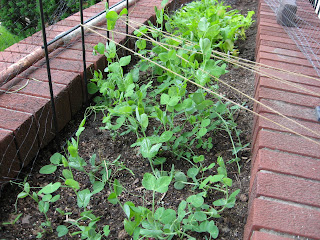I am a big fan of maraschino cherries and have been since I was young. I love eating them straight out of the jar. I found this recipe on another blog. They have some great recipes. Stop by and check it out.
These muffins are simply amazing if you have a love of cherries! They are just as good, and possibly even better, than bakery muffins you get in the store.
This is not a recipe you can easily throw together and bake. It does take a little preparation time. For example: cutting the cherries and almonds. If you plan ahead and purchase sliced almonds that will cut down on the preparation time. I had whole almonds on hand and chose to use them.
You can speed up the time by using scissors to cut the cherries. I cut them in fourths. Once cut, you should then place them on a paper towel to help absorb some of the liquid as mentioned in the blog.
Cherry-Streusel Muffins
Makes 12 muffins
Topping
2 tablespoons packed brown sugar
2 tablespoons all-purpose flour
2 tablespoons finely chopped sliced almonds
¼ teaspoon ground cinnamon
2 tablespoons firm butter
Muffins
1 jar (10oz) maraschino cherries, drained ¼ cup juice reserved
1 ⅓ cup all-purpose flour
⅔ cup granulated sugar
1 ½ teaspoons baking powder
½ teaspoon salt
⅓ cup vegetable oil
1 teaspoon almond extract
½ teaspoon vanilla
2 eggs
3 tablespoons sliced almonds
Heat oven to 400° F. Line 12 muffin cups with paper baking cups.
In medium bowl, mix all topping ingredients, cut in the butter, using pastry blender, or two knives until crumbly. Add almonds, set aside.
Chop cherries; set aside on paper towel. (scissors work well.)
In large bowl mix 1 ⅓ cups flour, the granulated sugar, baking powder, and salt.
In small bowl, beat oil, reserved cherry juice, almond and vanilla extracts and eggs with a fork until blended.
Stir the liquids into the flour mixture just until flour is moistened.
Fold in cherries and almonds. Divide evenly among muffin cups. Sprinkle each with about 1 tablespoon of topping.
Bake 19 to 23 minutes or until toothpick inserted in center comes out clean. Immediately remove from pan to wire rack. Serve warm or cold.















































